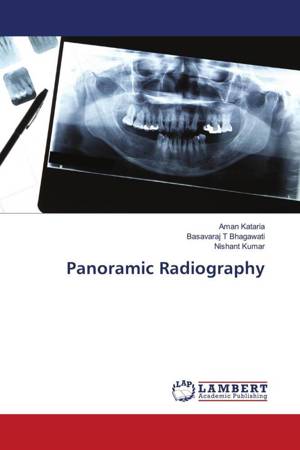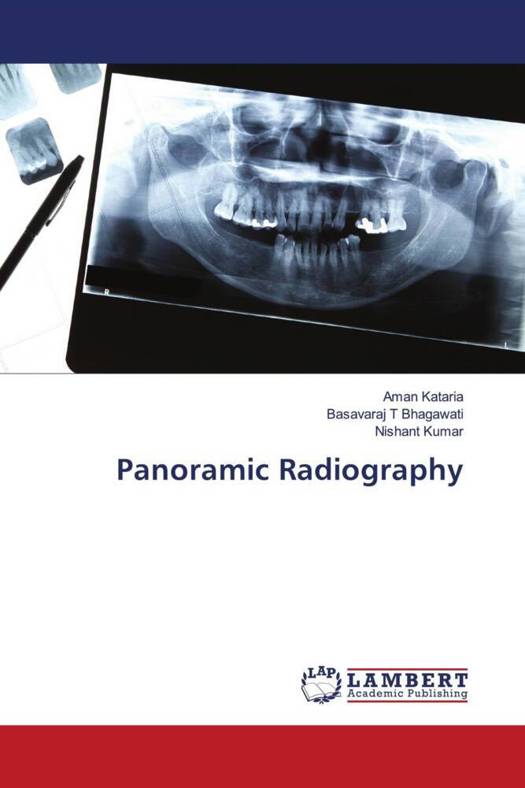
- Afhalen na 1 uur in een winkel met voorraad
- Gratis thuislevering in België vanaf € 30
- Ruim aanbod met 7 miljoen producten
- Afhalen na 1 uur in een winkel met voorraad
- Gratis thuislevering in België vanaf € 30
- Ruim aanbod met 7 miljoen producten
Zoeken
€ 60,45
+ 120 punten
Omschrijving
The discovery of X-rays, by Roentgen, revolutionized the way for 'looking inside' the body from outside. A complex and multisystem disease requires imaging support to confirm diagnosis. It provides to assess the extent of disease spread and staging. Imaging also permits an easy and non-invasive follow-up of patients and also just to document a known abnormality. Currently available high precision gadgets allow entry to surgically inaccessible areas. Another major advantage of these procedures are; these can be repeated many times, without any open surgery. Accurate oral diagnosis and treatment are very closely linked to the quality of dental radiographs. Dentistry has witnessed tremendous advances in all its branches over the past few decades. With the advancements in dentistry, the need for more precise diagnostic tools, specially imaging methods, have become mandatory ranges from the simple intra-oral periapical radiographs, advanced imaging techniques like computed tomography, cone beam computed tomography, magnetic resonance imaging and ultrasound.
Specificaties
Betrokkenen
- Auteur(s):
- Uitgeverij:
Inhoud
- Aantal bladzijden:
- 112
- Taal:
- Engels
Eigenschappen
- Productcode (EAN):
- 9783330344990
- Uitvoering:
- Paperback
- Afmetingen:
- 150 mm x 220 mm

Alleen bij Standaard Boekhandel
+ 120 punten op je klantenkaart van Standaard Boekhandel
Beoordelingen
We publiceren alleen reviews die voldoen aan de voorwaarden voor reviews. Bekijk onze voorwaarden voor reviews.








